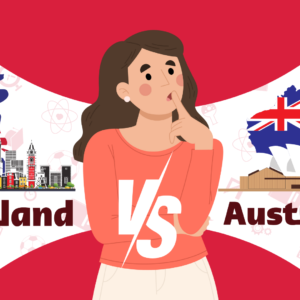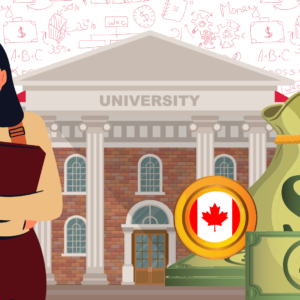Becoming a pilot requires hard work and dedication, and there’s a lot more to it than the glamour of flying.
We break it down in this article – we explore all details, like educational qualifications, medical fitness requirements, and the high training expenses that have to incur in order to become a Commercial Pilot.
Here’s what we’ll look at today:
- How to become a pilot
- Skills and qualifications required
- Pilot training courses
- Top universities
Note: In 2019, there were a total of 333,000 active pilots working in the aviation industry.
Pilots are highly trained professionals who are extensively trained for flying different types of aircraft. There are different types of aircraft, such as passenger aircraft, goods aircraft, and cargo mail aircraft, and for these aircraft, there are also different types of pilots based on what kind of streams and subjects the candidates pursue. A few of the significant stratifications that are available for aspiring pilots are as follows :
- Airline transport pilots These are the types of pilots who generally operate in the commercial jet for private airlines to transport customers from one destination to another.
- Private pilots Private pilots are pilots who work in private jets. Depending on the choice of the passenger, the private pilots take the passenger from one destination to another.
- Sports pilots Sports pilots can fly below 10,000 feet and generally keep the aircraft below the respective range of flying. The Sport Pilot rule allows a pilot to fly light-sport aircraft without the need for an FAA medical certificate.
- Flight instructors These types of pilots work in training institutions, and they are responsible for teaching students how to fly an aircraft.
- Airforce pilots They are part of the air force and are experts in flying armed planes and fighter jets. These kinds of pilots are part of the defence ministry, and they are trained by the air force officers and the government.
A senior secondary examination is a basic qualification to pursue the courses for becoming a pilot. During your senior secondary education, the candidate must have studied Maths, Physics, Chemistry, and English. There is also an age criterion that says that the candidate should be above 17 years to begin the pilot training. The candidate will also require passing the clinical wellness test and a medical certificate from the appropriate authorities. There are three types of pilot licenses, and they are as follows :
- Certified Flight Instructor (CFL)This license enables the candidate to teach flying lessons in a flying training institute.
- Private Pilot License (PPL)This license permits the candidate to fly small jet planes, and they are hired by the government, private companies, and millionaires to fly their personal jets.
- Commercial Pilot License (CPL)This is the most popular and in-demand pilot license as a license holder can fly commercial planes of big airlines.
- B.Sc. (Bachelor of Science) Aeronautical Science
- B.Tech (Bachelor of Technology) Aeronautical Engineering
- B.Tech (Bachelor of Technology) Avionics Engineering
- BMS in Aviation Management
- BBA Aviation Operations
- B.Sc. (Bachelor of Science) Aviation
- M.Sc. (Master of Science) Aerospace Engineering
- M.Tech. (Master of Technology) Aeronautical Engineering
- M.Tech. (Master of Technology) Avionics Engineering
- M.Tech. (Master of Technology) Avionics Engineering
The first step towards the airline pilot training course is having a bachelor’s degree in any of the subjects, whereas a commercial pilot usually needs a high school diploma or equivalent. Candidates can also opt for a commercial pilot training program after completing the 12th, and for this, the candidate will have to clear an entrance examination, interview, and a medical test set by the respective institute.
To become a pilot and to get your license, you will be told to have a certain number of flying hours. A commercial pilot’s license will require the candidate to have 250 hours of and 1,500 hours of flight time for an airline pilot. So after completing the requirement of the number of hours, there will be a written assessment exhibiting your knowledge, and then there will be a physical test.
After completing the course and getting your license, you can still write the FAA examination and other practical exams to obtain more flight ratings. This will enable you to have more experience and will provide you with a better position.
- Flight Training Process
- Navigation
- Normal and Crosswind Takeoff, Climb, Approach, and Landing
- Basic Flight Instruments
- Flight Physiology
- Eight-on Pylons
- Power-off Stalls
- Meteorology
- Aeromedical Factors
- Air Regulations
- Training Airplane
- VOR Navigation
- Grading Criteria
- Technical General
- Technical Specific
According to the U.S. Bureau of Labor Statistics, jobs for Airline and Commercial Pilots will increase by 13% in the next ten years, and this is faster than the average of all the other occupations and will create 14,700 career openings. So if you are looking at becoming a pilot, you’ve got all the details right here.







